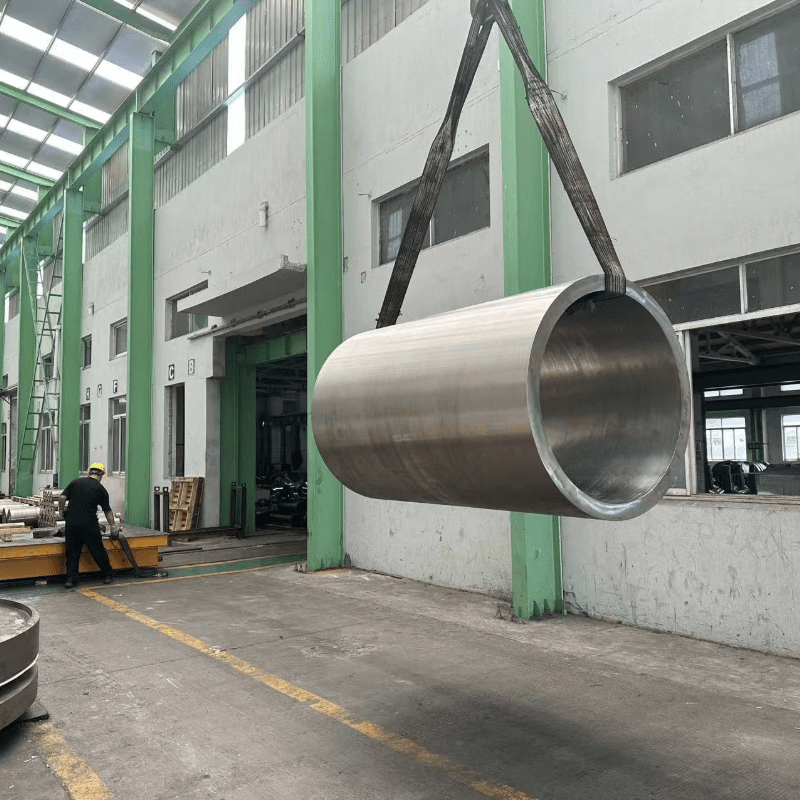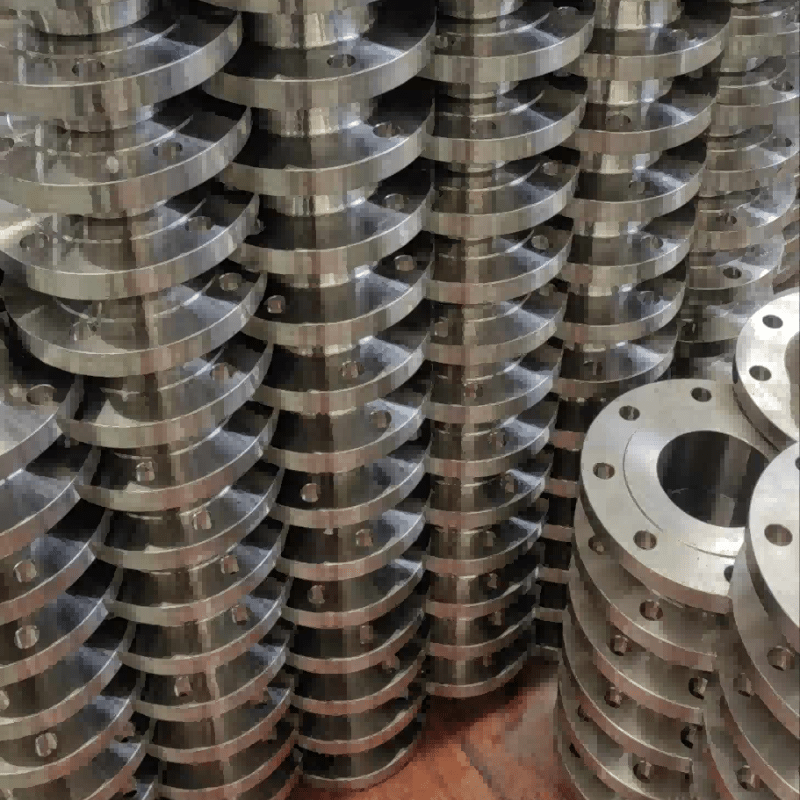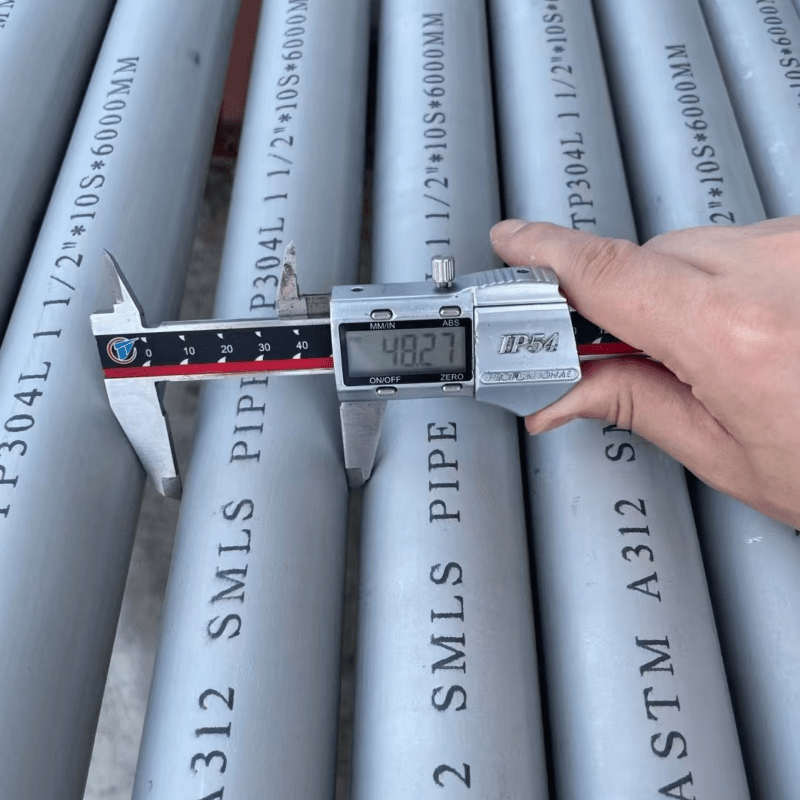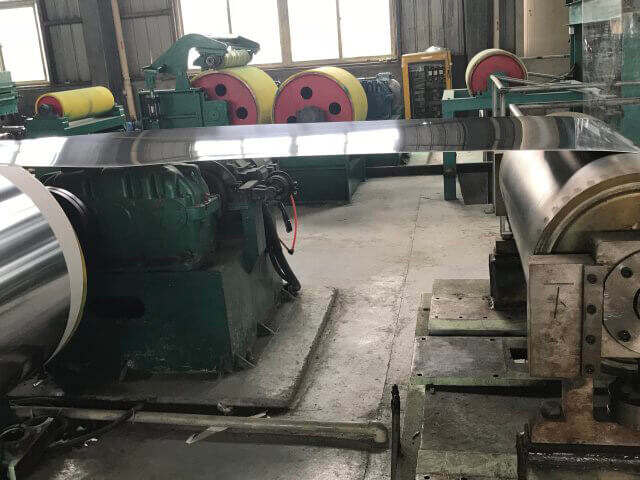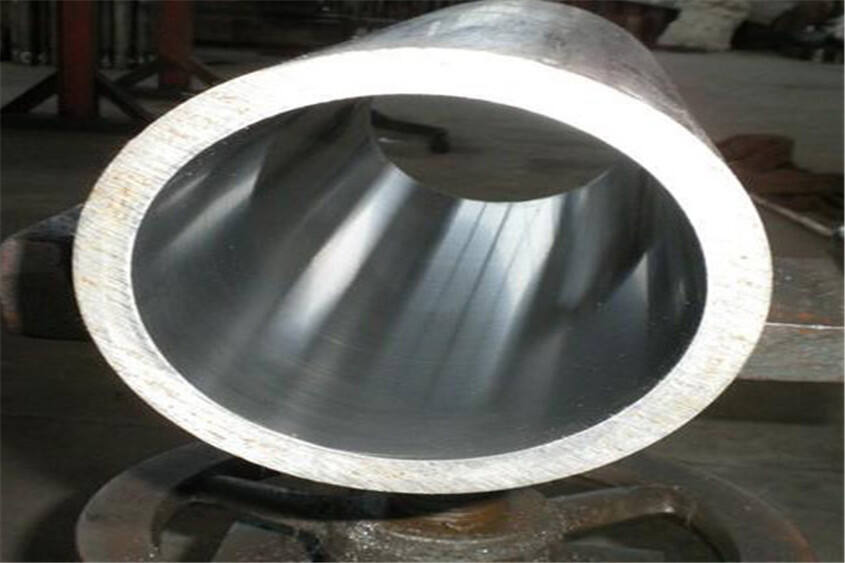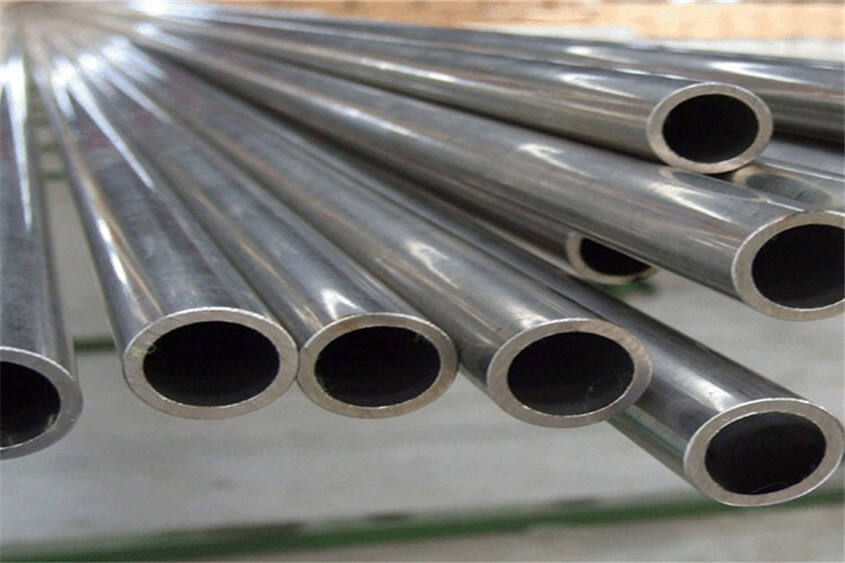Ən yaxşı kəror qarşılığı və uzun ömürlülük
Paslanmayan boru və armaturun istifadəyə müqavimətinin yüksək olması, səthdə yaranan passiv xrom oksid təbəqəsinə bağlıdır və bu da mühit amillərinə qarşı davamlı müdafiə təmin edir. Bu özünü bərpa edən müdafiə təbəqəsi zədələndikdə avtomatik olaraq yenidən bərpa olunur və sistem həyat dövrü boyu saxtalanmaz performans göstərir. Materialın müqaviməti adi korroziyaya qarşı olan müqavimətdən kənara çıxır və gərginlik korroziyası çatlaması, ləkəli korroziya və yarıq korroziyasını da əhatə edir ki, bu da onu sahil ərazilərində yerləşən qurğular və kimyəvi emal obyektləri kimi çətin şəraitdə işləməyə uyğunlaşdırır. Materialın daxili möhkəmliyi əvəzetmə tezliyini və texniki xidmət tələblərini əhəmiyyətli dərəcədə azaldır və sistem həyat dövrü üzrə ciddi miqdarda xərcin qənaət edilməsini təmin edir. Bu xüsusiyyət, sistemin dayanması nəticəsində böyük miqdarda istehsal itkisi və ya təhlükəsizlik problemləri yarana biləcək tətbiqlərdə xüsusilə qiymətli sayılır.

